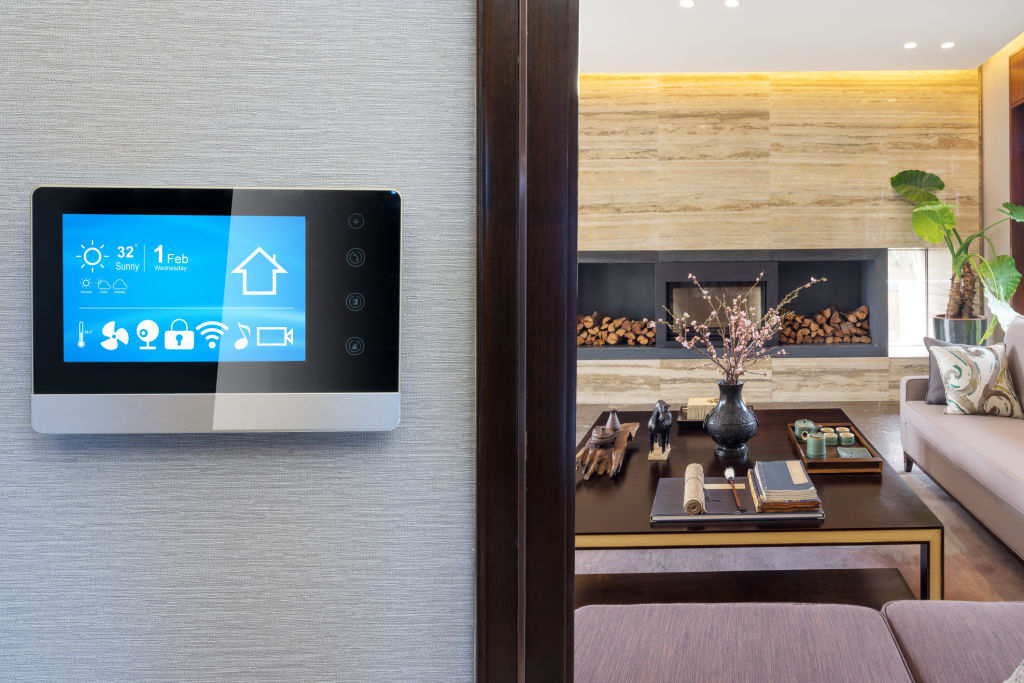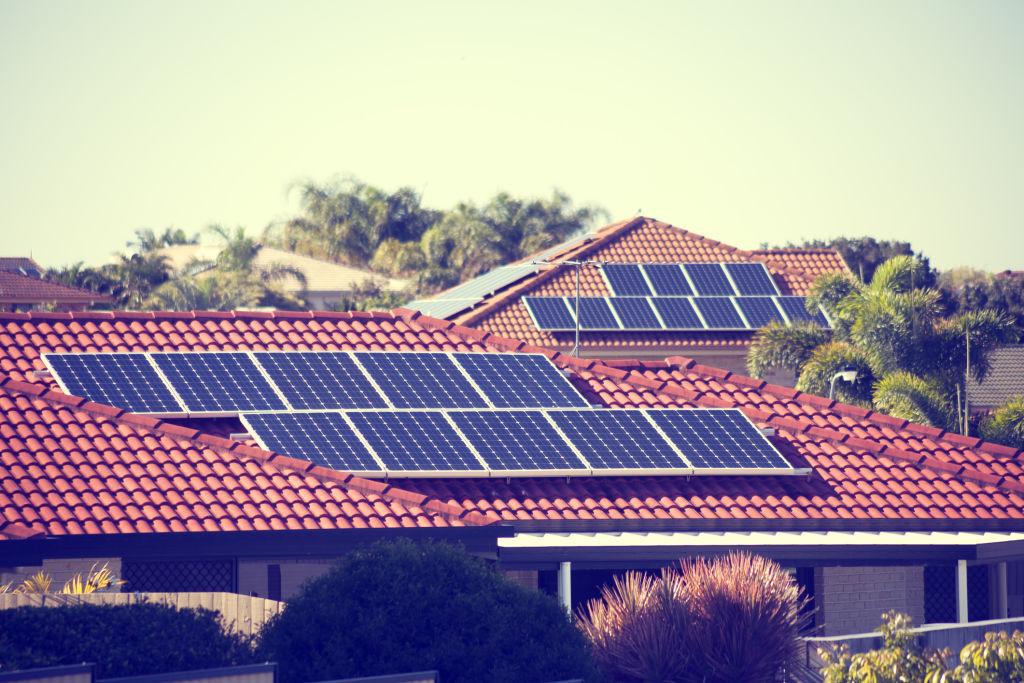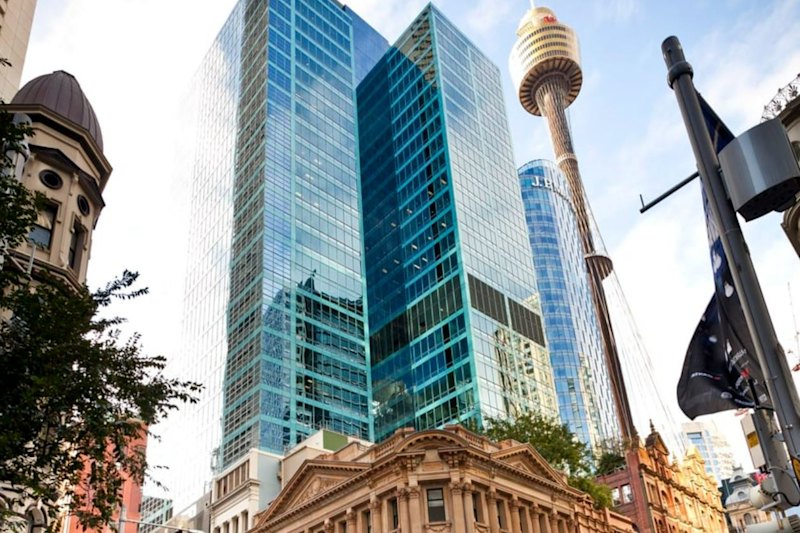Why you should future-proof your new home before it's built

You love your home, but how do you make sure it will be the place you’ll still want to be in five, 10, or 20 years from now?
Future-proofing is now one of the hottest topics in the property industry, particularly with the high costs of moving, the crushing toll of stamp duty and so much of the ageing population eager to stay in their own houses for as long as possible.
“It is something a lot of people are talking about now, and we’re all looking at good design as a way of making houses more flexible to cater for different needs into the future,” says Archicentre Australia director Peter Georgiev.
“That can mean everything from access into the house, to wall reinforcement to hold grab rails, the width of doors, passages or corridors, and the size of rooms like laundries to make sure they can be used by someone in a wheelchair if necessary.”
Turning a house into a “forever home” may entail some expense if it’s not all on one level, with perhaps stairs needing to be widened with a safety rail, or even an inclinator or lift having to be installed. The best time to design your home for your future is before it’s built.
Livable Housing Australia provides useful guidelines on having at least one easily accessible bathroom on the ground level, a walk-in shower and walls that are reinforced for fastenings, as well as design flexibility, where bedrooms become studies or vice versa, and larger homes can be divided into two dwellings after children leave.
The home of the future
Another huge help can be smart home features. “That’s all about simplifying our homes and our lives and future-proofing to make them easier and less effort,” says John Frost, director of The Home Automation Co. “It’s obviously cheaper to put it in when you’re building a new home, but we also do a lot of retrofits.
“Some of our most popular features include turning lights on and off, raising or lowering mechanised blinds, curtains and garage doors, irrigating the garden and cleaning the pool. Everything can be controlled from one single point, like a mobile phone or iPad.”
The cost of a home automation system, he says, can be anything from $10,000 to $35,000, depending on the number of components and level of sophistication.
- Related: Hidden traps to avoid when signing a building contract
- Related: How to put your personal mark on a new home
- Related: Five energy tech innovations you didn’t know existed

Sustainable solutions
Another feature rapidly increasing in popularity is alternative sources of energy as a way of guarding against a future of rising energy costs. By the end of last year, 400,000 homes and small businesses were found to have installed solar panels in NSW – the equivalent of one in six houses.
Again, it’s cheaper and tidier to install them and fix wiring behind walls at the build stage of a new home, but plenty of people are retrofitting them on unshaded roofs. Systems generally cost between $4000 and $7000 to install, with the rebate based on the number of panels put in.
“They definitely make good sense,” says Finn Peacock of Solar Quotes. “They pay for themselves in four years, or worst-case seven or eight years, depending on how much energy you use and when you use it. But to be less dependent on the energy market is a very good idea.”
Batteries that store energy for use in the evening are still expensive, but virtual power plant technologies like SwitchDin are likely to unlock further value streams as time goes on.

James Martin of energy technology company SwitchDin says greater energy self-sufficiency and bill reductions are the prime motives for home owners to get batteries, but future developments could entice more people to upgrade. “Batteries will start to come into their own as energy companies find more ways to tap into them – and pay the owners for those services.”
That kind of sustainability is receiving more attention, especially with global warming. One of the most vital ingredients for future-proofing a home is making sure it has good insulation, advises Master Builders Association of NSW executive director Brian Seidler.
“Tried and tested materials like brick are strong and low-maintenance, but putting insulation in cavities means keeping in the heat or cooler air, as well as insulation in the roof space,” he says.
Low-maintenance materials
There are a lot of newer products now on the market which are also immensely durable and need little attention.
Brick and concrete are old favourites, but there are new rising stars, like Rheinzink titanium zinc for roofing and facades, and engineered wood Cross Laminated Timber, according to Scott Abbott, manager quantity surveying and cost validation services at the building consultancy division of Sedgwick.
“There are some composites made from plastics and recycled timbers used externally so they don’t require re-oiling every year,” he says. “And anything pre-finished with a factory coating tends to be more resilient, especially coming with a warranty.”
We recommend
States
Capital Cities
Capital Cities - Rentals
Popular Areas
Allhomes
More







